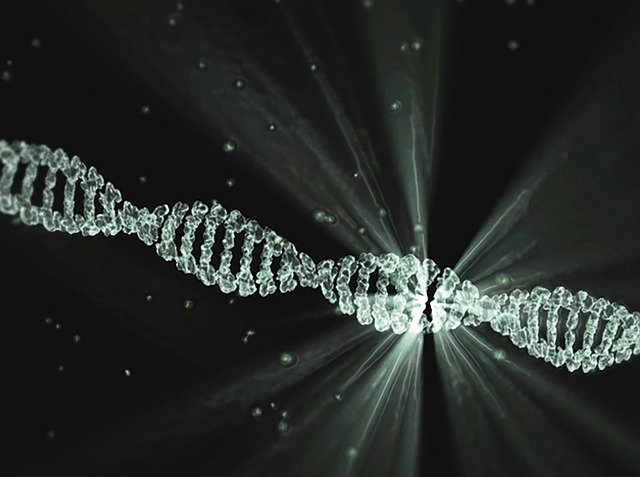Introduction: Parkinson's Disease and Mitochondrial Dysfunction
Parkinson's Disease (PD) is a progressive neurodegenerative disorder characterized by the loss of dopaminergic neurons in the substantia nigra pars compacta. While the exact etiology remains elusive, mitochondrial dysfunction is increasingly recognized as a central player in PD pathogenesis. A critical aspect of mitochondrial health is the integrity of mitochondrial DNA (mtDNA), which encodes essential components of the electron transport chain (ETC).
The Importance of Mitochondrial DNA (mtDNA) Repair

Mitochondria are unique organelles possessing their own genome, mtDNA. Unlike nuclear DNA, mtDNA lacks protective histones and has limited DNA repair mechanisms, making it highly susceptible to oxidative damage, a hallmark of PD. Efficient mtDNA repair is crucial for maintaining mitochondrial function and cellular energy production. Failure to adequately repair damaged mtDNA can lead to the accumulation of mutations, respiratory chain defects, increased oxidative stress, and ultimately, neuronal cell death. These defects can accelerate the progression of Parkinson's Disease.
Key mtDNA Repair Pathways

Several DNA repair pathways operate within mitochondria, albeit with varying efficiencies compared to their nuclear counterparts. The primary pathways involved in mtDNA repair include Base Excision Repair (BER), Mismatch Repair (MMR), and possibly Direct Reversal (DR). BER is particularly important for removing small base lesions, such as oxidized or alkylated bases.
# Example: Simplified representation of BER pathway activity (conceptual)
import numpy as np
def calculate_repair_efficiency(damage_level, repair_enzyme_activity):
"""Calculates a simplified repair efficiency based on damage and enzyme activity."""
efficiency = repair_enzyme_activity / (damage_level + 1) # Avoid division by zero
return np.clip(efficiency, 0, 1) # Ensure efficiency is between 0 and 1
damage = 0.8 # Example mtDNA damage level (0-1)
enzyme = 0.6 # Example BER enzyme activity (0-1)
repair_score = calculate_repair_efficiency(damage, enzyme)
print(f"Repair Efficiency: {repair_score:.2f}")Altered mtDNA Repair in Parkinson's Disease
Research suggests that mtDNA repair mechanisms are compromised in PD. Studies have shown reduced expression and activity of key BER enzymes, such as OGG1 (8-oxoguanine DNA glycosylase), in the brains of PD patients. This leads to an accumulation of 8-oxo-dG, a common oxidative DNA lesion, in mtDNA. Furthermore, mutations in genes encoding mitochondrial proteins involved in DNA maintenance, like POLG (DNA polymerase gamma), have been linked to increased PD risk and earlier disease onset.
Therapeutic Implications and Future Directions
Understanding the role of altered mtDNA repair in PD opens avenues for therapeutic intervention. Strategies aimed at enhancing mtDNA repair capacity, reducing oxidative stress, and preventing mtDNA mutations hold promise. Potential approaches include: * Developing small molecule activators of BER enzymes. * Using gene therapy to restore the expression of deficient mtDNA repair proteins. * Employing antioxidants and mitochondria-targeted compounds to reduce oxidative damage. * Investigating the potential of mitophagy (selective autophagy of mitochondria) to remove damaged mitochondria.
- Developing small molecule activators of BER enzymes.
- Using gene therapy to restore the expression of deficient mtDNA repair proteins.
- Employing antioxidants and mitochondria-targeted compounds to reduce oxidative damage.
- Investigating the potential of mitophagy (selective autophagy of mitochondria) to remove damaged mitochondria.
Conclusion

Altered mtDNA repair plays a significant role in the pathogenesis of Parkinson's Disease. Further research is crucial to fully elucidate the specific mechanisms involved and to develop effective therapeutic strategies targeting mtDNA repair pathways to prevent or slow the progression of this debilitating disease.
